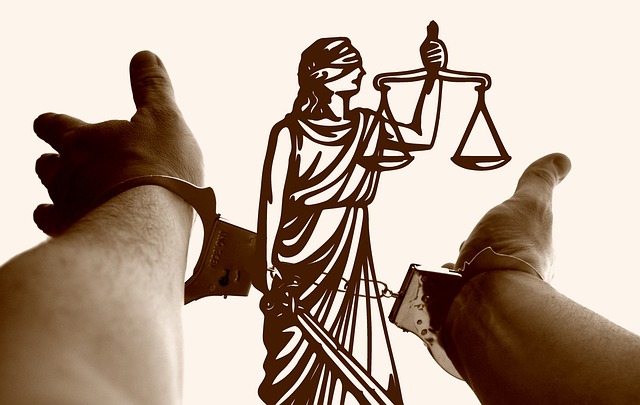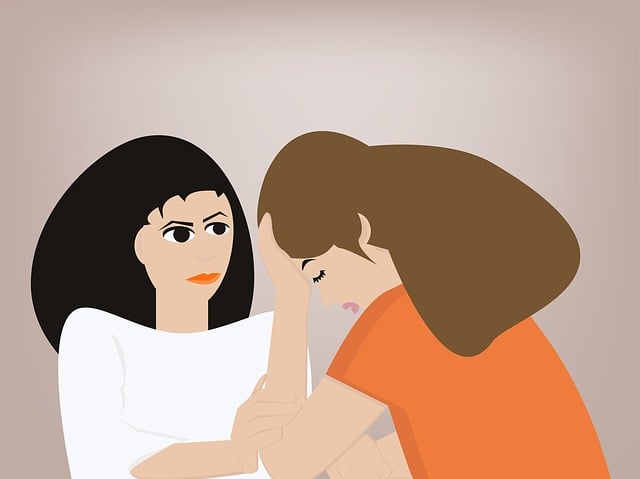In accident cases, especially involving elder abuse or nursing home neglect, pain and suffering damages compensate victims for physical and emotional distress, including medical treatments, reduced quality of life, and mental anguish. Settlement amounts are determined by assessing severity of injuries, duration of pain, impact on daily activities, and long-term disabilities. Experienced lawyers specialize in gathering evidence (medical records, witness statements, expert opinions) to negotiate fair settlements with insurance companies or opposing parties, ensuring victims receive adequate compensation for their experiences.
In the aftermath of an accident, calculating pain and suffering damages is a complex process that significantly impacts an accident settlement. This article delves into the intricate world of personal injury claims, focusing on understanding and quantifying pain and suffering compensation. We explore vital factors influencing settlement amounts and provide a step-by-step guide to navigating the legal landscape, ensuring individuals affected by accidents receive fair compensation for their emotional distress. Discover how these elements interplay to determine an accident settlement.
- Understanding Pain and Suffering Damages in Accident Cases
- Factors Influencing Settlement Amounts for Pain and Suffering
- Navigating the Process of Calculating and Claiming Compensation
Understanding Pain and Suffering Damages in Accident Cases

In accident cases, pain and suffering damages refer to compensation for the physical and emotional distress experienced by victims as a result of their injuries. This includes both immediate and long-term effects, such as ongoing medical treatments, reduced quality of life, and mental anguish. When assessing these damages, courts consider various factors like the severity of injuries, duration of pain, and the victim’s ability to participate in daily activities.
In situations involving nursing home neglect or elder abuse, where accidents may result from negligence or intentional harm, calculating pain and suffering becomes even more complex. A car accident lawyer specializing in these cases would meticulously evaluate medical records, witness statements, and expert opinions to ensure victims receive fair compensation for their traumatic experiences. This is crucial in not only securing financial stability but also holding responsible parties accountable for their actions.
Factors Influencing Settlement Amounts for Pain and Suffering

When determining an accident settlement amount for pain and suffering, several key factors come into play. These include the severity and duration of the physical injuries, the impact on the victim’s quality of life, emotional distress, and any long-term disabilities or chronic conditions that may have resulted from the accident. The extent of medical treatment required and the associated costs are also considered. In cases involving car accident injuries or real estate disputes, the settlement amounts can vary significantly based on these factors.
An auto accident lawyer will often work with their client to document all relevant details, such as medical records, witness statements, and expert opinions, to substantiate the pain and suffering claim. These elements help in negotiating a fair settlement with the insurance company or opposing party. The goal is to ensure that the victim receives compensation that adequately reflects their experience and helps them manage any ongoing care needs related to their car accident injuries.
Navigating the Process of Calculating and Claiming Compensation

Navigating the process of calculating and claiming compensation for an accident settlement can be a complex task. It involves understanding various factors that contribute to determining fair reimbursement for pain and suffering. An experienced accident lawyer plays a crucial role in guiding individuals through this intricate process, ensuring they receive the maximum possible settlement. They help assess elements like medical expenses, lost wages, and quality of life adjustments, all while advocating for their client’s rights.
The first step is to gather comprehensive documentation related to the accident, including medical reports, police records, witness statements, and any other relevant evidence. This information forms the backbone of the claim, supporting calculations for both economic and non-economic damages. While dealing with partnership disagreements or elder law complexities might not directly impact settlement calculations, they could influence the overall legal strategy and required actions during the claims process.
When calculating pain and suffering accident settlements, a multifaceted approach is essential. By understanding the impact on victims’ lives and considering various influencing factors, legal professionals can navigate the process effectively. This guide has outlined key steps and factors to ensure a just compensation for those affected by accidents, ultimately facilitating a smoother journey towards recovery and rehabilitation. Remember, every accident settlement is unique, and seeking professional advice is crucial to achieving the best possible outcome.





